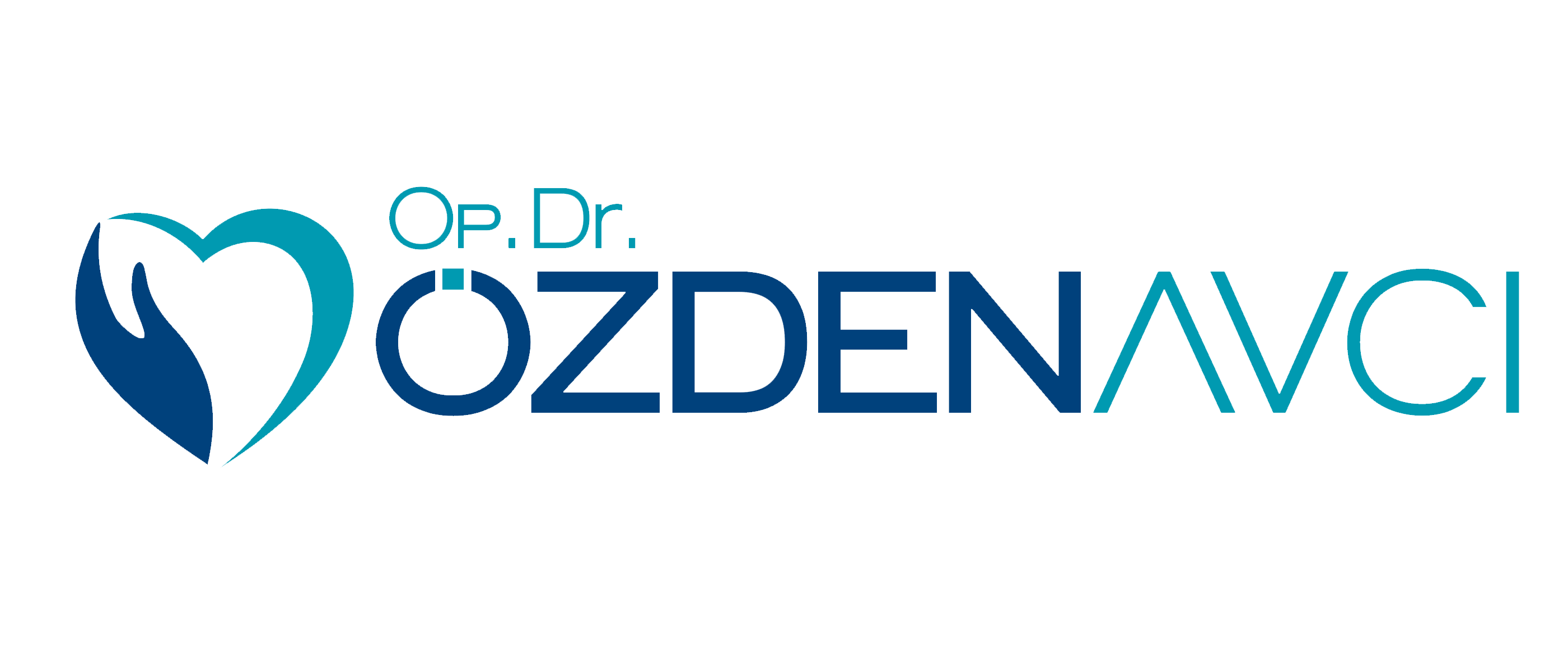Ingrown Hair
Ingrown hair; means a cavity/cyst that contains hair, a lump of hair, and accumulated pus, which settles mostly in the coccyx area. It can also be seen in the armpits, groins, abdominal areas and between the fingers.
This disease, which used to be considered congenital, is now considered to be acquired.
There are some factors that pave the way for ingrown hair. These are as follows;
- Excessive amount of body hair and daily hair loss
- Since the slit between the hips is narrow and deep, the suction force on the hair increases, and thus the lost hair waits a long time in a narrow and deep groove.
- Keeping the skin moist for a long time makes it easier for the hair to ingrow
- The presence of cracks or cracked tissue in the slit between the buttocks
- Due to prolonged sitting and working, the hair accumulated in this region constantly causes injury (trauma) there.
- Poor hygiene due to insufficient cleaning of this area for a long time;
Risk groups;
- Being between 20 and 40 years of age
- Being a member of the group who work at a desk job by sitting for a long time, including office workers, students, and drivers.
- Having a male character
- Having dense hair texture
- Being a dark skinned

What are the findings?
- Painful swelling due to inflammation of the ingrown hair cyst
- Chronic discharge caused by the release of the cyst contents to the skin.
How is it diagnosed?
The disease is diagnosed by detecting ingrown hair in the coccyx during physical examination. Although very rarely, magnetic resonance imaging (MRI) can be used for diagnosis in patients whose examination result is suspicious.
Treatment;
In case of ingrown hair with abscess, the abscess is drained under local or general anesthesia. Antibiotics and anti-inflammatory drugs are added to the treatment.
The exact treatment of the disease is provided by the surgical option.
- Microsinusectomy is a procedure performed on small-diameter cysts by injecting phenol/silver nitrate into the cyst and excising (removing) the skin part of the cyst. It can be used in limited cases and recurrence occurs in up to 50% of cases
- In the open surgical method, the cyst is removed as it is, while the tissue is left open. The recovery period is long, it is painful because it requires constant dressing, and the probability of recurrence is high after it.
- *Closed technique includes primary closure, Limberg flap rotation, Z plasty-Karydakis (shift) etc.
Limberg Rotation flap: In this technique that we use as well, the cyst is removed with a rhombus-shaped incision. After placing a drain, the procedure is ended by closing the open area by shifting the skin/ subcutaneous fatty tissue from the right hip. The surgery is performed under spinal anesthesia (numbing the waist) within 30 minutes on average, and the patient is then discharged after an overnight stay in the hospital. After 9-10 days, the process is completed by removing the sutures. It is recommended that the patient do not sit, except while eating and using the toilet in the first postoperative week.

Legal warning
This website is not intended to provide medical services, but to give information about the treatment procedures that we perform. The information available on the website has not been provided for use in the diagnosis or treatment of diseases. The responsibility arising from the use of the information in our website content for the purpose of diagnosis and treatment belongs to the visitors of the website.
Contact
Address: Küçükbakkalköy, QBMED Plaza, Işıklar Cd. No:37, 34750 Ataşehir/İstanbul
Phone: +90 (532) 228 33 60
Working Hours:Weekdays: 09:00 – 17:00, Saturday: 09:00 – 13:00
